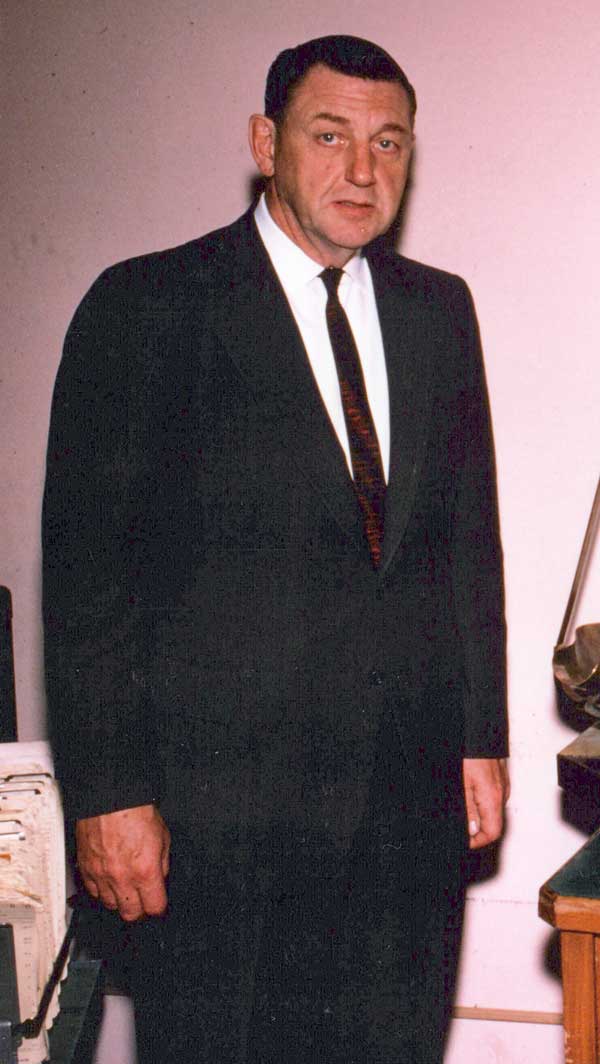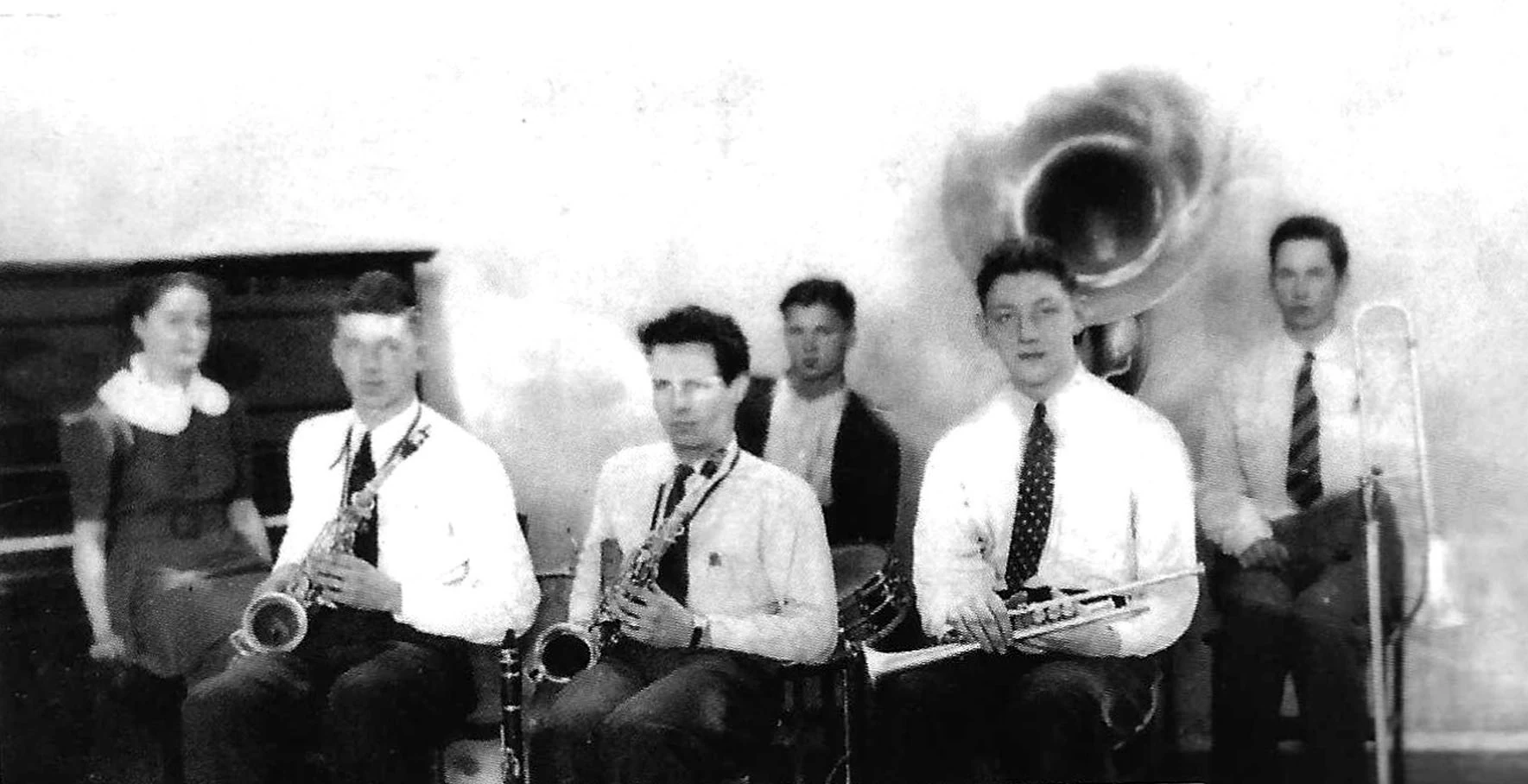Bill was very consistent, during his life, about the importance of making sure organizations, such as the Bill Stroecker Foundation, always conduct its business through the device of a secure third-party such as a Trust Company. One of the first steps the new Board took was to invite three Trust Companies to meet with the Board and submit competitive proposals to provide secure transaction procedures, investment asset management and financial oversight for the new Foundation. Alaska Trust Company won the proposal and was seated as the Corporate Trustee on the Board making a total of seven voting Trustees.
With the formation of a complete Board, the next problem to be solved was to adopt a set of “Rules of Operation” which took some time since this ‘skeleton’ of the organization would determine the way in which Foundation business was practiced and serve as the major guideline for how the organizations business was conducted....subject always to Bill’s wishes as recorded in the Will. Whenever, a conflict developed between the Rules and the Will, the Will would always prevail.
Now that the Foundation began to take on a life of its own, the time had arrived for the Foundation to begin work on its main job which was the support of “Bill’s Charities”. The Will listed 50 charities which Bill wished to have the Board support but the Will also, very wisely, provided for the ability of the Board to meet changing conditions by modifying that list with additions of other charities and the removal of charities for various reasons. Adding a charity to the list takes a unanimous vote by the Board. The Bill Stroecker Foundation is considered to be a Private Foundation by the Internal Revenue Service and is required by the tax code to donate 5% of its total asset value to charitable organizations each year. So the next hurdle for the new Foundation to resolve were to answer a few questions: “How much is the Board obligated to pay?” and “How much should each charity receive?”. As you might imagine, these questions were not easy to answer and there was some lively discussion about how much each charity should receive. Several formulas and methods have been adopted and abandoned over the years as the Board seeks the proper balance between consistency in its actions and fairness in its choices.
After six years of existence and after growing enough in size to become concerned about its future direction and goals the Foundation began to review its history and to start planning for a more directed future. The first step along these lines was to review the Investment Policy Statement and do some serious thinking about increasing and securing a higher growth rate. It seemed obvious to the Board that if the Foundation did not wish to solicit funds from the public but to only donate funds generated from investments then the survival of the Foundation was a direct result of the health of the investment portfolio. The Board decided to convene the Investment Committee and give it a new job…rewrite the Investment Policy Statement. The Investment Committee made several major key changes in the investment strategy for the foreseeable future. The key ideas driving the new investment strategy were the following: 1) find ways to reduce the costs of investing to the bare minimum without jeopardizing the investment portfolio, 2) select investment techniques that were as close to a guarantee of safety as possible while allowing for a return rate that would sustain the Foundation in perpetuity, 3) find techniques of investing that would achieve 1) and 2) while requiring very little direct management for “buy and hold” investors as Bill hoped his Trustees would be.
With these major changes and several smaller ones, the Investment Committee crafted an investment strategy that was custom designed for a Foundation to achieve a very secure and safe way to avoid disasters and grow at a steady rate over the decades at about 10-12% and doubling the size of its 70% equities portfolio. Doubling in size each ten years seemed to be a very attainable goal and method of investing that would enable the Foundation to better meet the needs of the charities on Bill’s List and to carry on Bill’s work of “shining a light on Fairbanks”.



